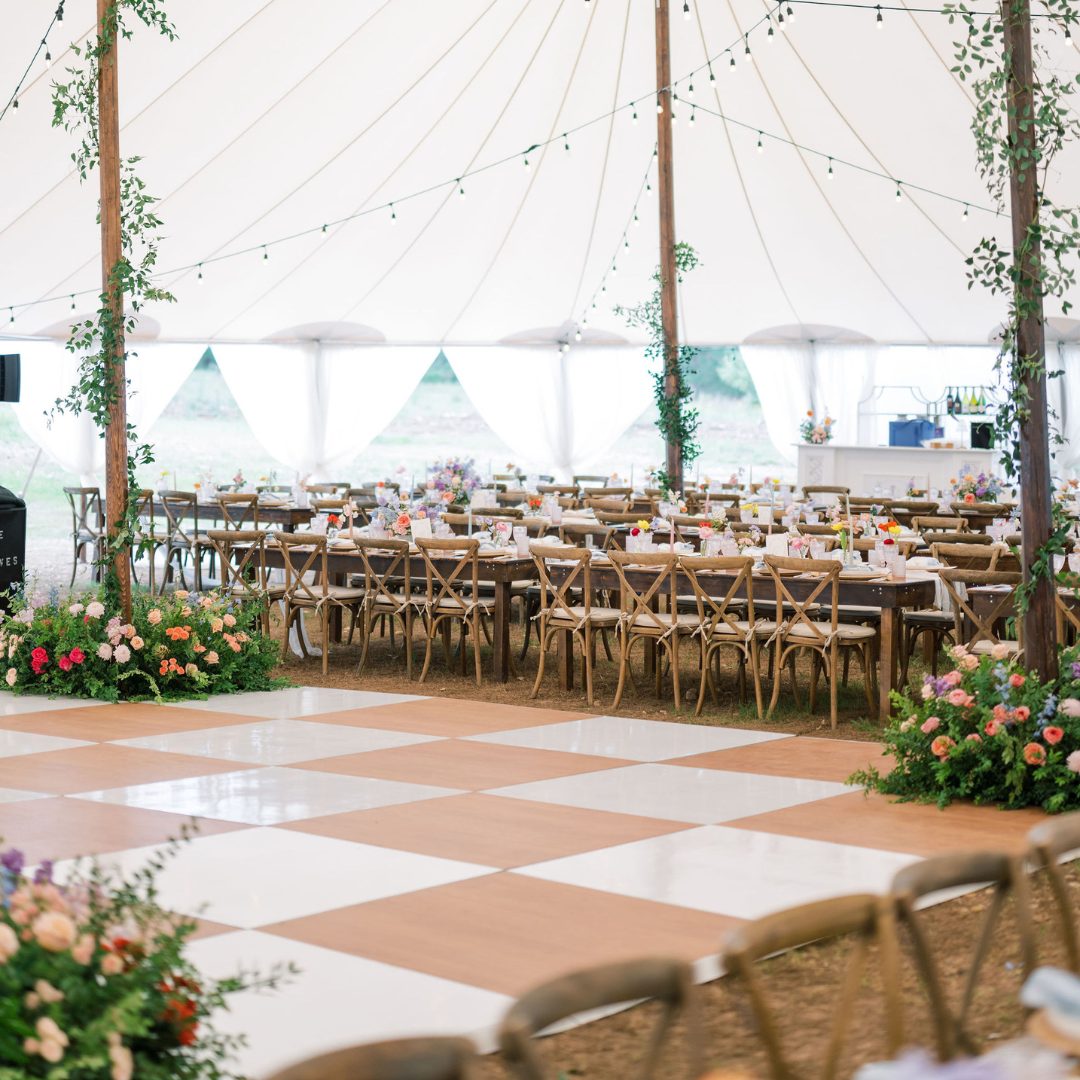The Transformative Impact of Illumination in Improving Dance Surface Beauty
The Transformative Impact of Illumination in Improving Dance Surface Beauty
Blog Article
Lighting plays a key role in shaping the atmosphere of a dancing area. It can transform a plain space into an thrilling setting that enhances the total experience for performers and audience alike. The right lighting can impact the mood, dynamism, and even the type of the dance being executed. By using various types of lighting, such as spotlights, colored illumination, and strobe effects, event planners can design a lively setting that captivates the spectators and encourages participation.
One of the primary functions of lighting on a dancing area is to showcase the dancers. Focused lights can be used to focus attention on individual dancers or groups, making them the center of attraction. This technique not only showcases their movements but also adds a layer of drama to the performance. When dancers are illuminated effectively, their expressions and skills become more apparent, allowing the audience to value their skills. This targeted lighting can also help to establish a story, leading the spectators through the performance.
In addition to highlighting performers, colored lights can significantly impact the mood of the dance floor. Various colors elicit different emotions; for example, warm colors like crimson and amber can generate a sense of enthusiasm and vitality, while cooler colors like azure and green can promote calmness and relaxation. By strategically using colored illumination, organizers can control the environment to match the theme of the event or the type of the performance. This considerate approach to lighting setup can improve the overall experience for everyone involved.
Strobe lights and other active lighting features can also add thrill to a dancing area. These effects can create a sense of beat and motion that complements the music being played. When synchronized with the rhythm, flashing lights can make the dancing area feel vibrant, encouraging dancers to move in time with the pulsing lights. This connection between light and sound can elevate the vitality of the occasion, making it more pleasurable for both dancers and spectators. The use of such effects requires careful consideration to ensure they improve rather than divert from the performance.
Finally, the overall design of the lighting setup is essential for establishing a unified look on the dance floor. A well-thought-out lighting strategy takes into account the configuration of the space, the type of dance being executed, and the spectators' experience. By integrating different lighting methods, such as background lighting, accent lighting, and special effects, planners can design a aesthetically stunning environment. This attention to specifics not only improves the performance but also leaves a memorable impact on the audience, making the event unforgettable. In summary, the transformative power of lighting is essential in learn the facts here now improving dance floor aesthetics, creating an captivating and pleasurable experience for all.